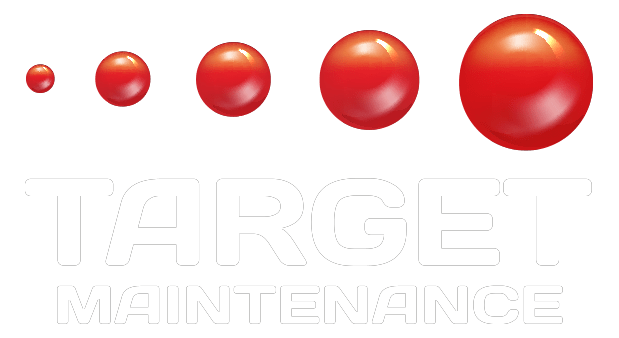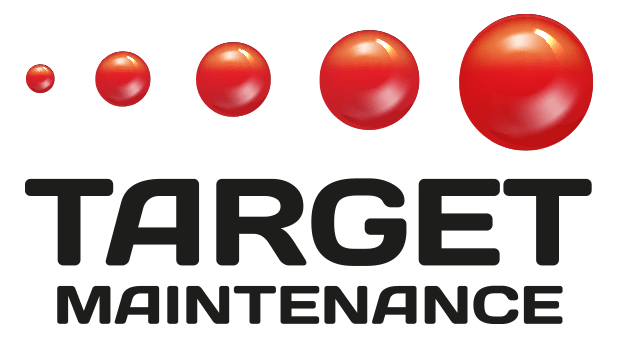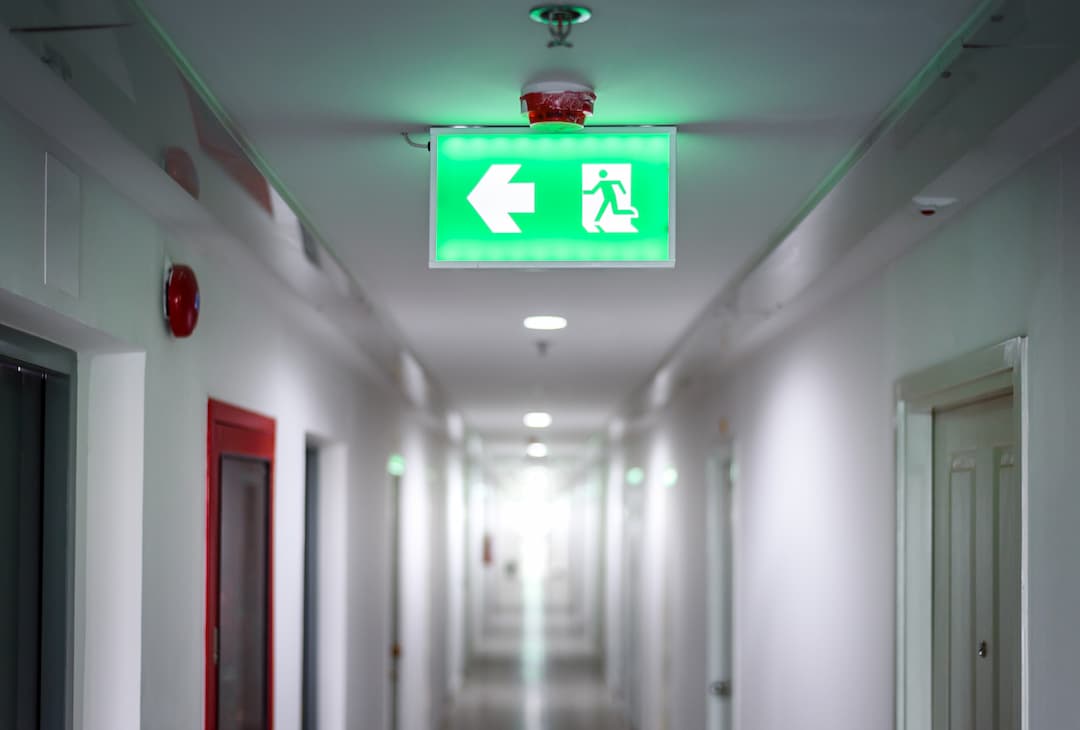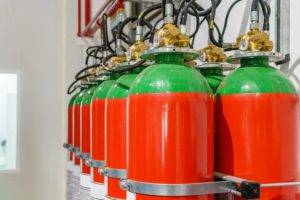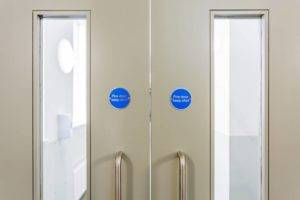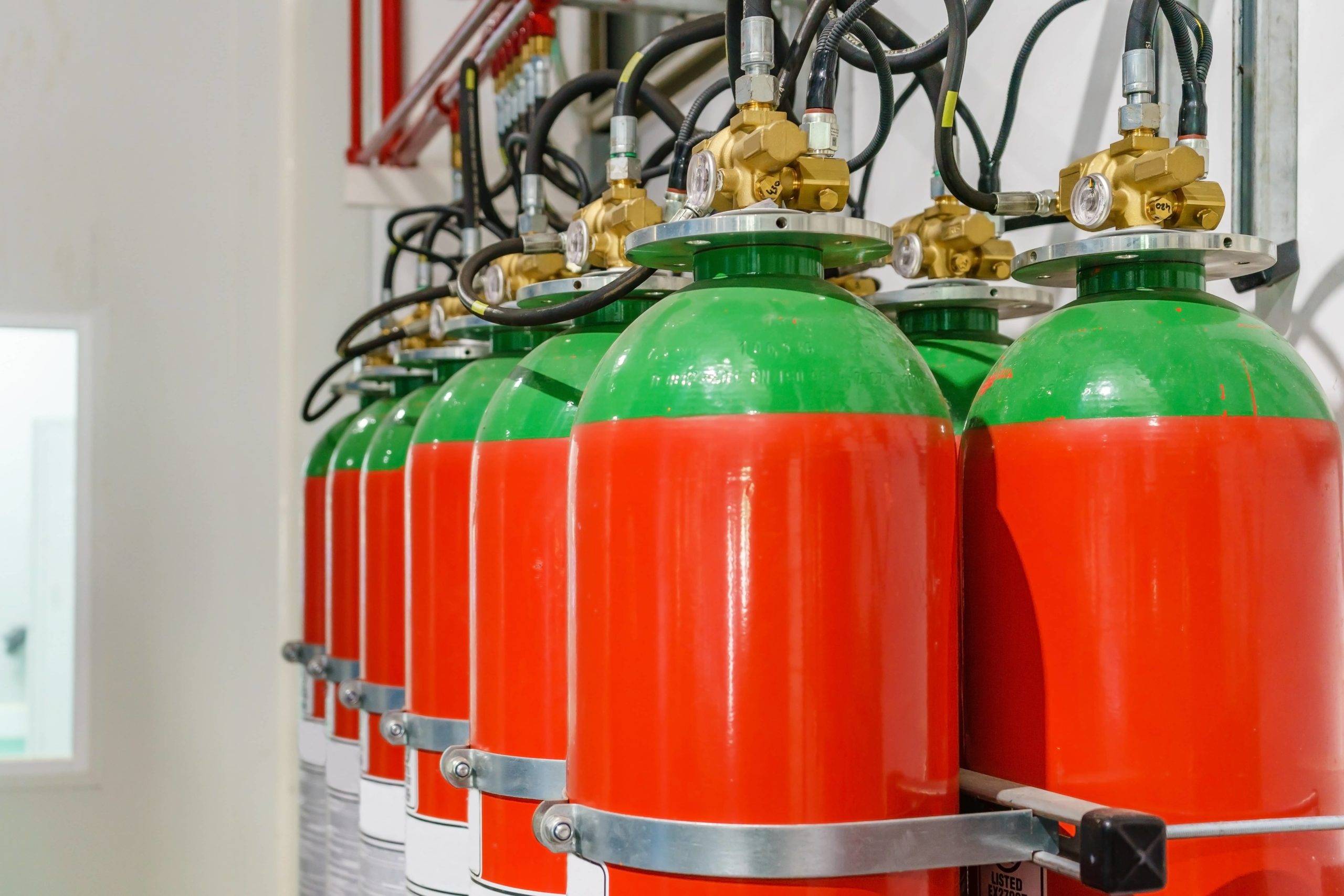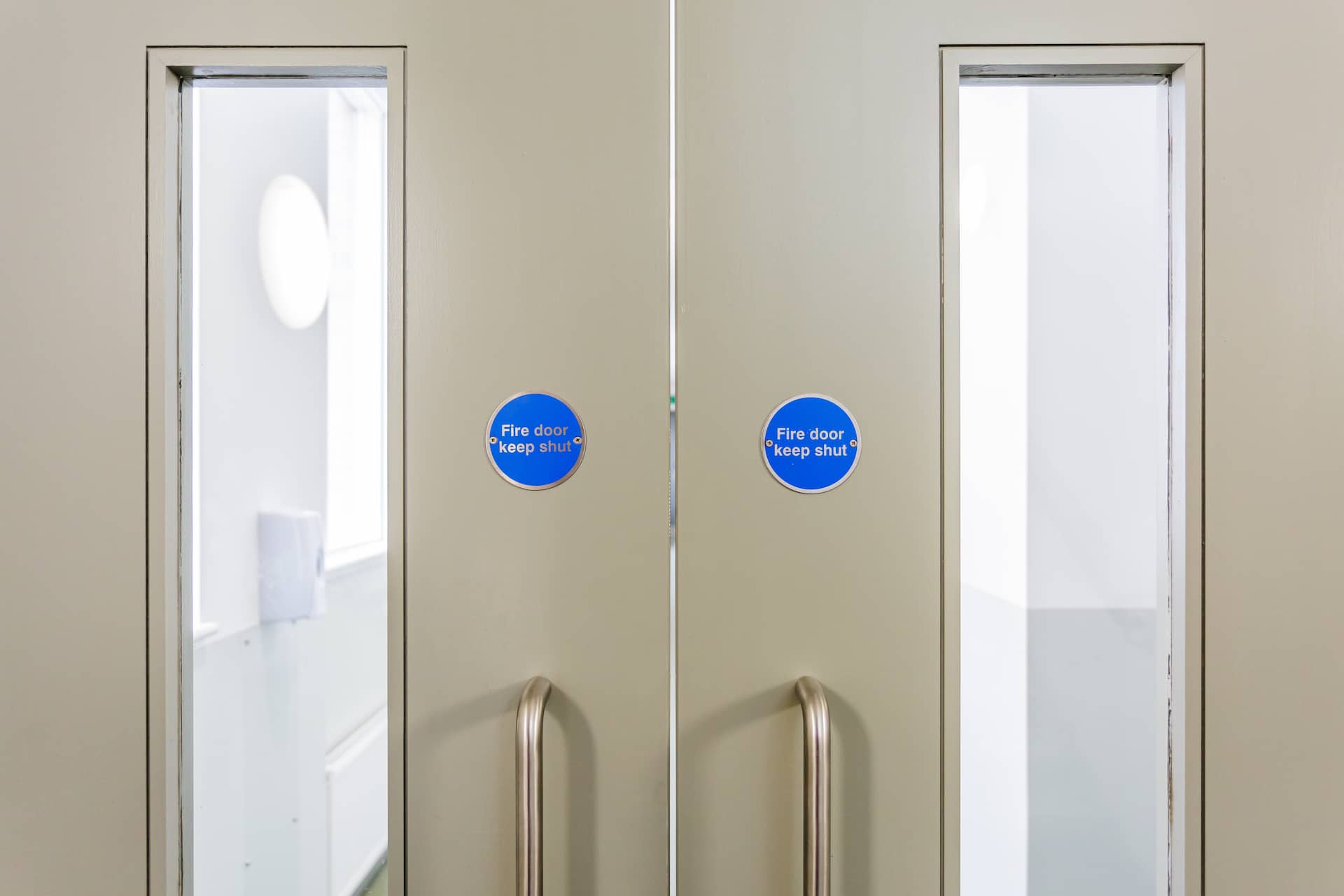Emergency lighting is often overlooked during property servicing and maintenance. Still, it’s crucial to protect the safety of employees or residents during dangerous incidents. In the event of any emergency, the last thing you need is complete darkness that makes it impossible to navigate through your building. But what are the legal requirements for emergency lighting? Is it even a legal requirement for fire protection? How often should you be checking that your emergency lighting is functional? Where should you fit your lighting units?
Here is Target Maintenance’s guide to emergency lighting, including all you need to know.
WHAT IS EMERGENCY LIGHTING?
Emergency lighting is a system of bulbs that are activated during a power outage. You can fit your emergency lighting to the walls or to the ceiling to illuminate escape routes.
The Regulatory Reform (Fire Safety) Order 2005 states: “Emergency routes and exits requiring illumination must be provided with emergency lighting of adequate intensity in the case of failure of their normal lighting”. Emergency lighting is a legal requirement for any commercial property owner.
WHERE IS BEST TO FIT EMERGENCY LIGHTING?
Simply put, the more emergency lights you can install, the better. You’re always better off fitting plenty of bulbs rather than risking any darkness in your escape routes during an emergency. On top of this, you should always install an emergency light no more than 2 metres from fire alarms or firefighting appliances.
Along the path of your escape routes, every square foot of floor should be illuminated by no less than one lumen. Stronger lights are more expensive, but you’ll need less of them on your ceiling and your walls for adequate lighting. LED lighting is the best form of light installation to provide fewer maintenance costs and maximum reduction in utility charges.
HOW OFTEN SHOULD EMERGENCY LIGHTING BE CHECKED?
An emergency lighting system should be tested annually with additional flick tests or 1hr tests on a more regular basis. Fire stopping (needs to say Emergency Lighting) should be a high priority for any property owner/managing agent or commercial building occupier and should be reflected in routine checks of equipment and alarms. Ensuring to check your fire alarms and your emergency lighting system once a week is recommended.
An annual assessment of your emergency lighting system by a professional is necessary, too. Your bulbs, if not LED won’t always be effective and the emergency battery systems will over time require replacement. An experienced company will be able to suggest changes to make to your fire safety system and the maintenance requirements for your system.
HOW LONG DO EMERGENCY LIGHTS LAST?
You’ve got plenty of options for different emergency lighting units, and the output from each in terms of colour and brightness will differ. Any bulb needs to last a minimum of 180 minutes on a full charge! Any less than 3 hours doesn’t give adequate time for an evacuation and requires replacement.
When testing your emergency lights, through a flick test make sure to check all lights and alternate the testing switch. You should be able to identify any faulty units, so simply switching them on and back off again won’t give enough time for them to function. If you’re in doubt about sustainability, energy usage or upgrading your lighting system, contact Target Maintenance!
WHO CAN INSTALL AND SERVICE EMERGENCY LIGHTING?
Your designated competent person responsible for fire safety can perform monthly flick tests on the system. In any area your qualified person doesn’t feel confident or knowledgeable, you ought to hire the help of a specialist fire safety company. A specialist can provide assistance, install and service safety equipment, and perform assessments on your lighting. Contact us at Target Maintenance if you’ve got any further questions.
